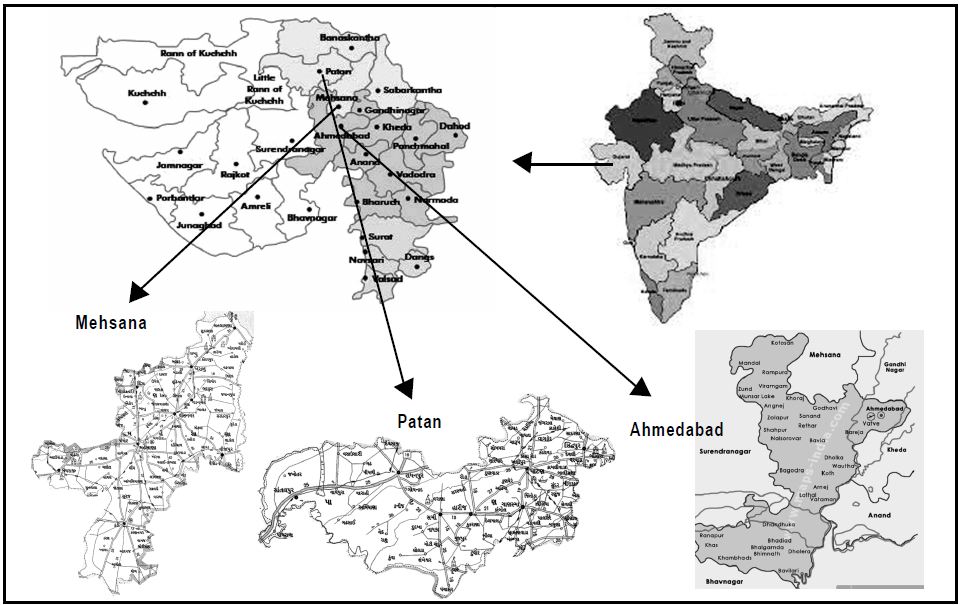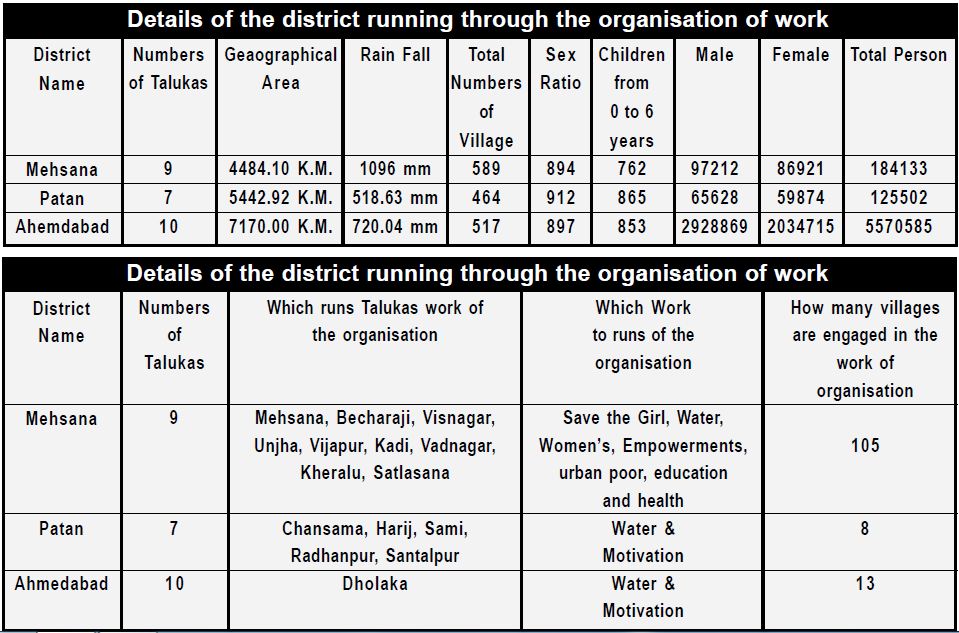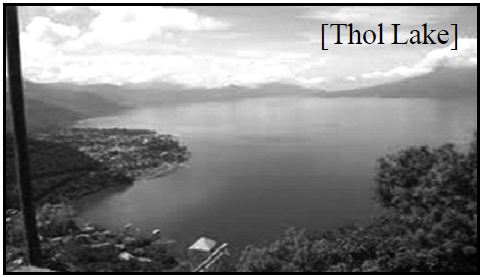

• Introduction of Mehsana district.
• Position
Mehsana district is situated in the North
of Gujarat State. It is surrounded by Banaskantha,
Gandhinagar, Sabarkantha and Ahmedabad districts.
• Territorial changes in the area of the
district
Before Independence, this district was a part of erstwhile Gaekwad State. In
1949, it formed a part of Bi-lingual Bombay State and on bifurcation as Gujarat
State in 1960, it formed a part of Gujarat State. Mehsana was founded during
12th or 13th century A.D. in Rajput period by Masaji or Mehsaji Chavda. Earlier
it's headquarter was at Kadi and thereafter it was shifted to Mehsana in 1902.
In
Mehsana district total population first according to 2011 census, the population
ratio is 25.35% urban and 76.65% rural population. The total geographical area
covered by the district is 4481 sq.km. In 1997, Mehsana district got bifurcated
geographically, and a new district of Patan was carved out. Mehsana district
consists of 9 Talukas [Mehsana, Becharaji, Kadi, Kheralu, Satalasana, Unjha,
Vadnagar, Vijapur, Visnagar]
• Topography
Geographically this district is divided into 3 parts.
1. Area of Aravali mountain range.
2. Area of sloping grounds.
3. Flat are of Khakharia tappa of Kadi
• Area
The area of Mehsana district is about 4481 sq.km.
• Rain and Climate.
Mehsana district falls on Tropic of Cancer, and therefore its climate is
slightly
hot. Average rainfall in the district is 713 mm
 • Rivers and lakes
• Rivers and lakes
The main rivers of the district are Sabarmati, Rupen and Khari. Chimnabai
Lake in Kheralu Taluka is the only biggest lake in the district.
• Minerals
Minerals are scanty in the district; however, china clay and granite are
available in around Kheralu. Natural gas and oil are also explored in some
areas.
China Clay and fire clay are the main minerals. Minor minerals like limestone,
quarts and granite are also available. Even agate is also found in some
areas.
• Religion and people
People in the district mainly observe Hindu, Muslim, Sikh, Christian and
Buddhist
religions. Various religious sects and social castes have presence here as
else where all over Gujarat.
• History of Mehsana district
Gujarat has a particular place in the history of India. It is known as
Gurjardesh
and its north portion is known as Aanart. Mehsana is at the top of Aanart. It
has
all the way a new geography. The history of this district is very interesting.
Robert Brushkut had found some prehistoric weapons from the riverbed of
Sabarmati in 1893. In the later part of 18th century, Kadi was formed as
province
and later on by 1949. Mehsana district comprised of nine Talukas: Kadi,
Kheralu, Unjha, Vadnagar, Vijapur, Visnagar, Becharaji, Satalasana,
Mehsana.
• Sightseeing places of Mehsana district
Mehsana district being a very old one, it has many historical and religious
places
of importance. Kirti Toran, Hatkeshwar Temple and small temples of Tana-Riri
in Vadnagar, Umiya Devasthan and Mira Datar in Unjha, Modhera Sun Temple
and Taranga hill temple are also noteworthy. Doodhsagar Dairy and its
co-operative
milk area network is also work knowing.



